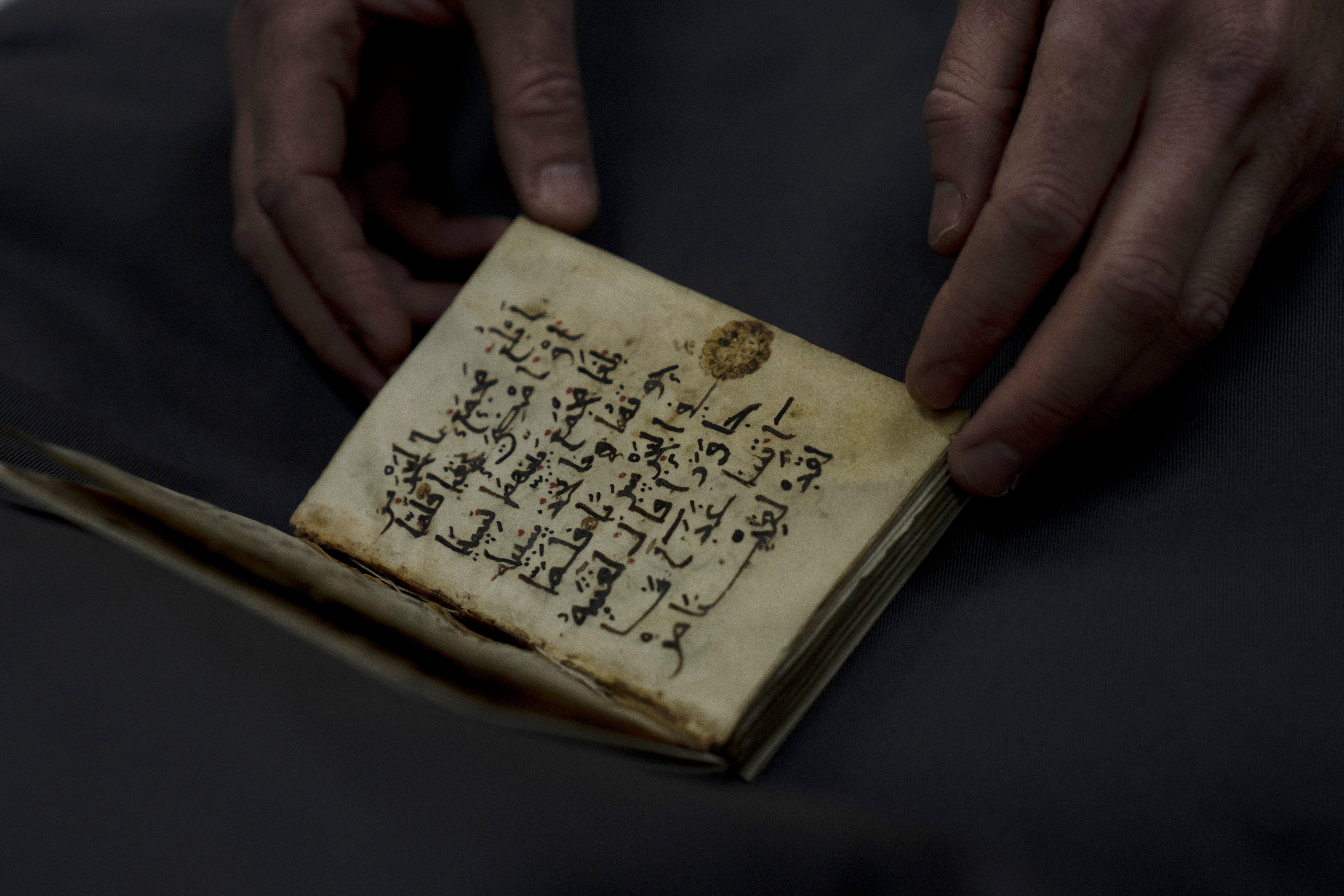Israel's national library sees Arabic site traffic boom
The National Library of Israel says the number of visitors to its Arabic website more than doubled over the course of 2021, thanks to the digitization of its Arabic manuscripts and archives and an extensive outreach program in recent years

Your support helps us to tell the story
From reproductive rights to climate change to Big Tech, The Independent is on the ground when the story is developing. Whether it's investigating the financials of Elon Musk's pro-Trump PAC or producing our latest documentary, 'The A Word', which shines a light on the American women fighting for reproductive rights, we know how important it is to parse out the facts from the messaging.
At such a critical moment in US history, we need reporters on the ground. Your donation allows us to keep sending journalists to speak to both sides of the story.
The Independent is trusted by Americans across the entire political spectrum. And unlike many other quality news outlets, we choose not to lock Americans out of our reporting and analysis with paywalls. We believe quality journalism should be available to everyone, paid for by those who can afford it.
Your support makes all the difference.Israel's national library says the number of visitors to its Arabic website more than doubled last year, driven by a growing collection of digitized materials and an aggressive outreach campaign to the Arab world.
Around 650,000 users, predominantly from the Palestinian territories, Egypt, Saudi Arabia Jordan and Algeria, visited the National Library of Israel's English and Arabic sites in 2021, said library spokesman Zachary Rothbart.
One of the most heavily trafficked resources on the Arabic website is a newspaper archive with more than 200,000 pages of Arabic publications from Ottoman and British Mandate Palestine, said Raquel Ukeles, head of the library’s collections.
“We have been working on outreach to the Arab world, into the Arabic speaking public here in Israel for over a decade, and we have slowly built up a rich set of resources on our websites," she said. They include the digital newspaper archives, manuscripts, posters, electronic books and music, she said. They are open access, allowing scholars and curious web browsers to visit.
The Jerusalem library is home to an extensive collection of Islamic and Arabic texts, including thousands of rare books and manuscripts in Arabic, Persian and Turkish ranging from the 9th to the 20th centuries.
“We’re in the midst of a project to digitize our entire collection, to scan all of our Arabic, Persian and Turkish manuscripts,” said Samuel Thrope, curator of the library’s Islam and Middle East Collection. “Ninety-five percent of it has already been completed.”
Among the jewels in the crown of the collection are a 9th-century Quran from modern-day Iran with the earliest known example of Persian written in the Arabic script; an illuminated manuscript from 17th century India with illustrations of the life of Alexander the Great; and a 16th century Ottoman Turkish text on ophthalmology.